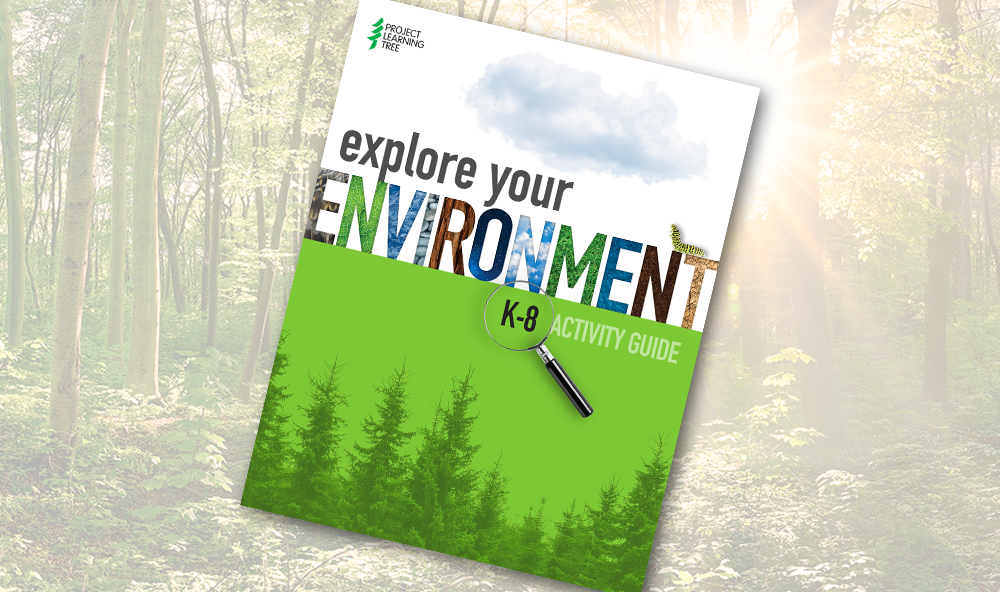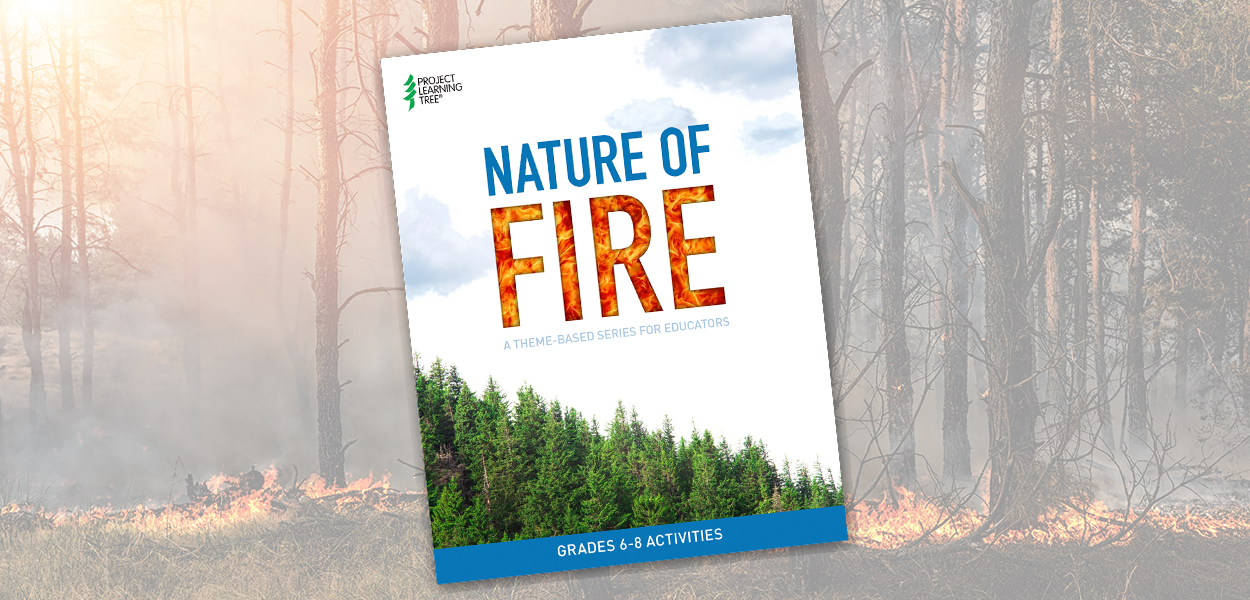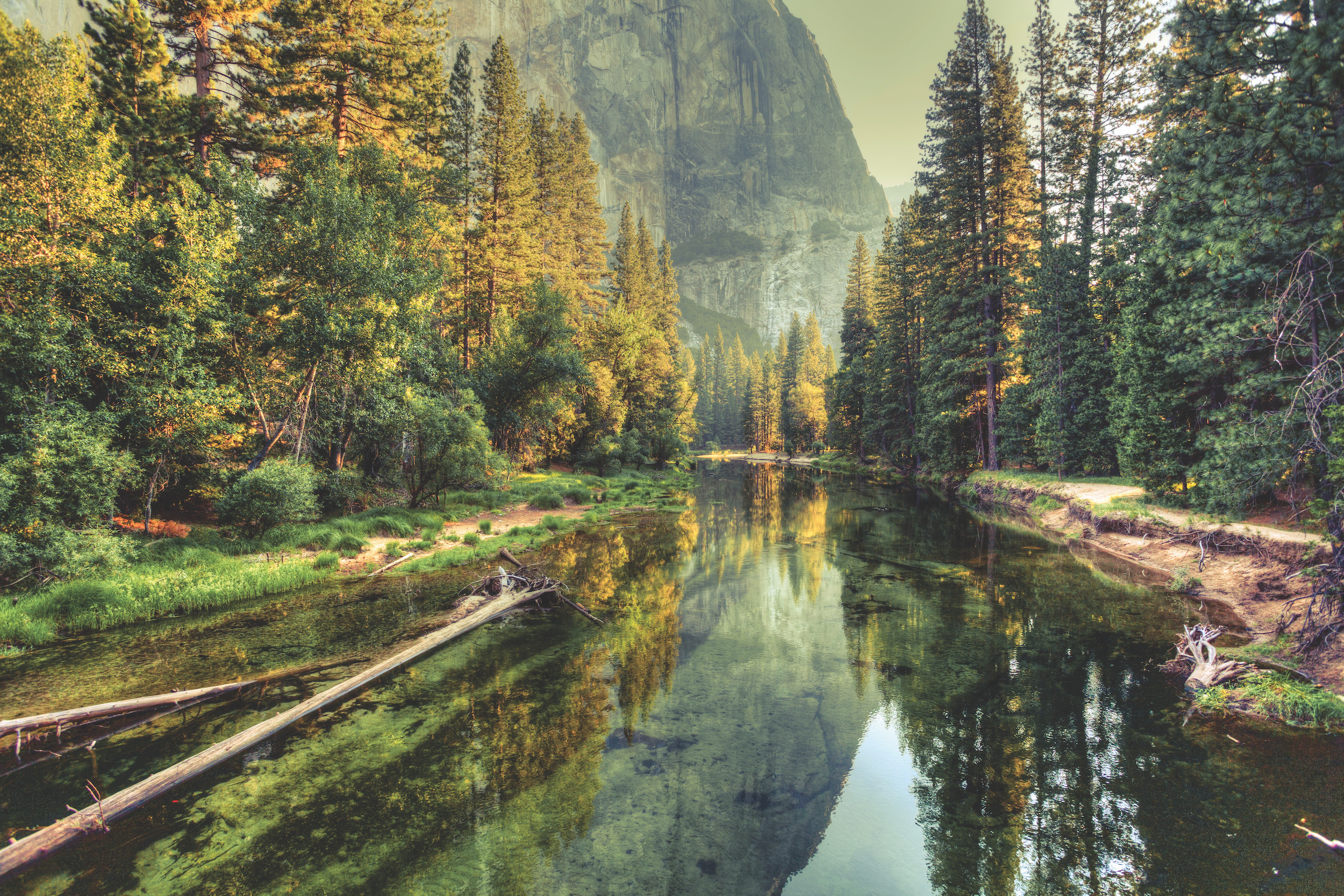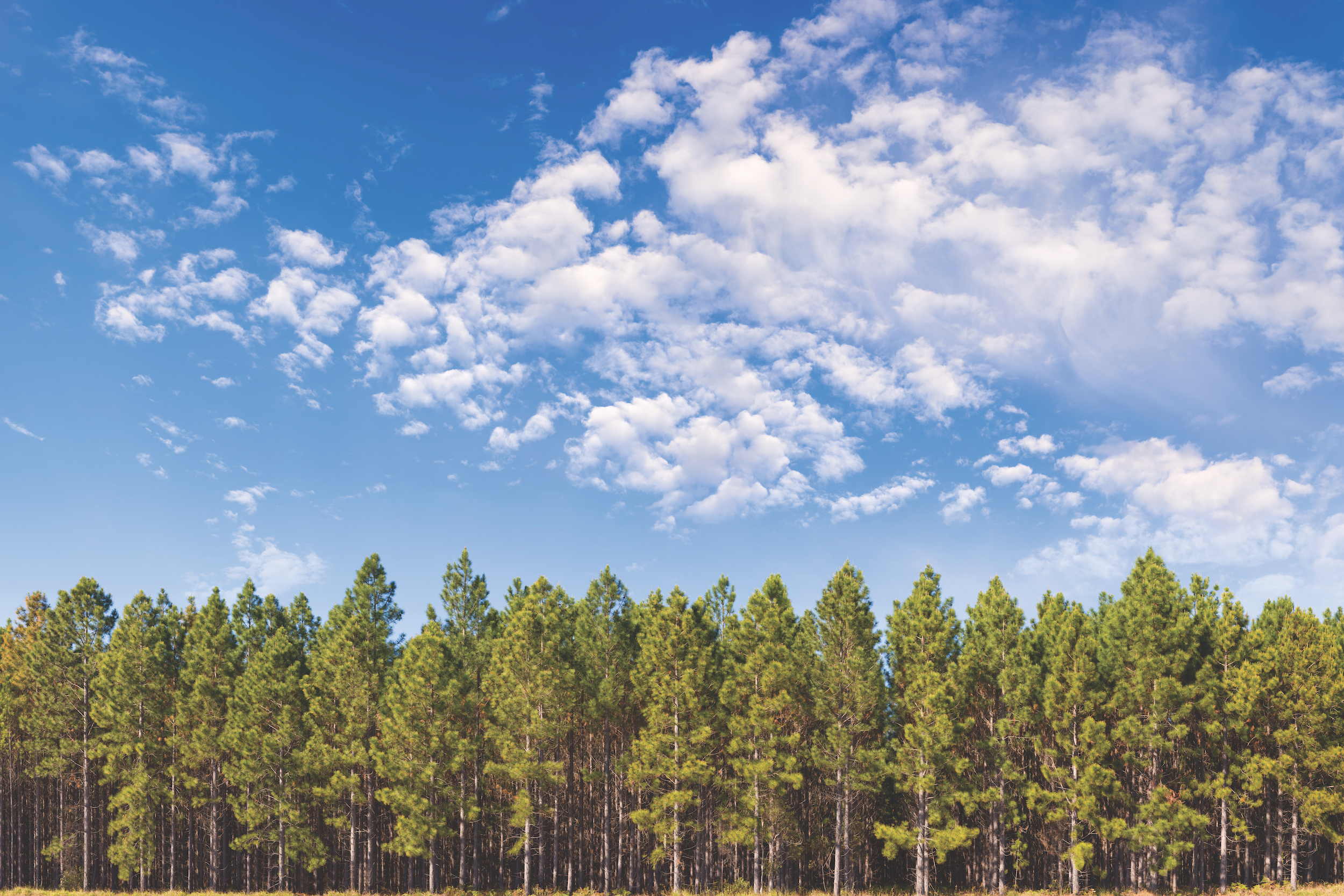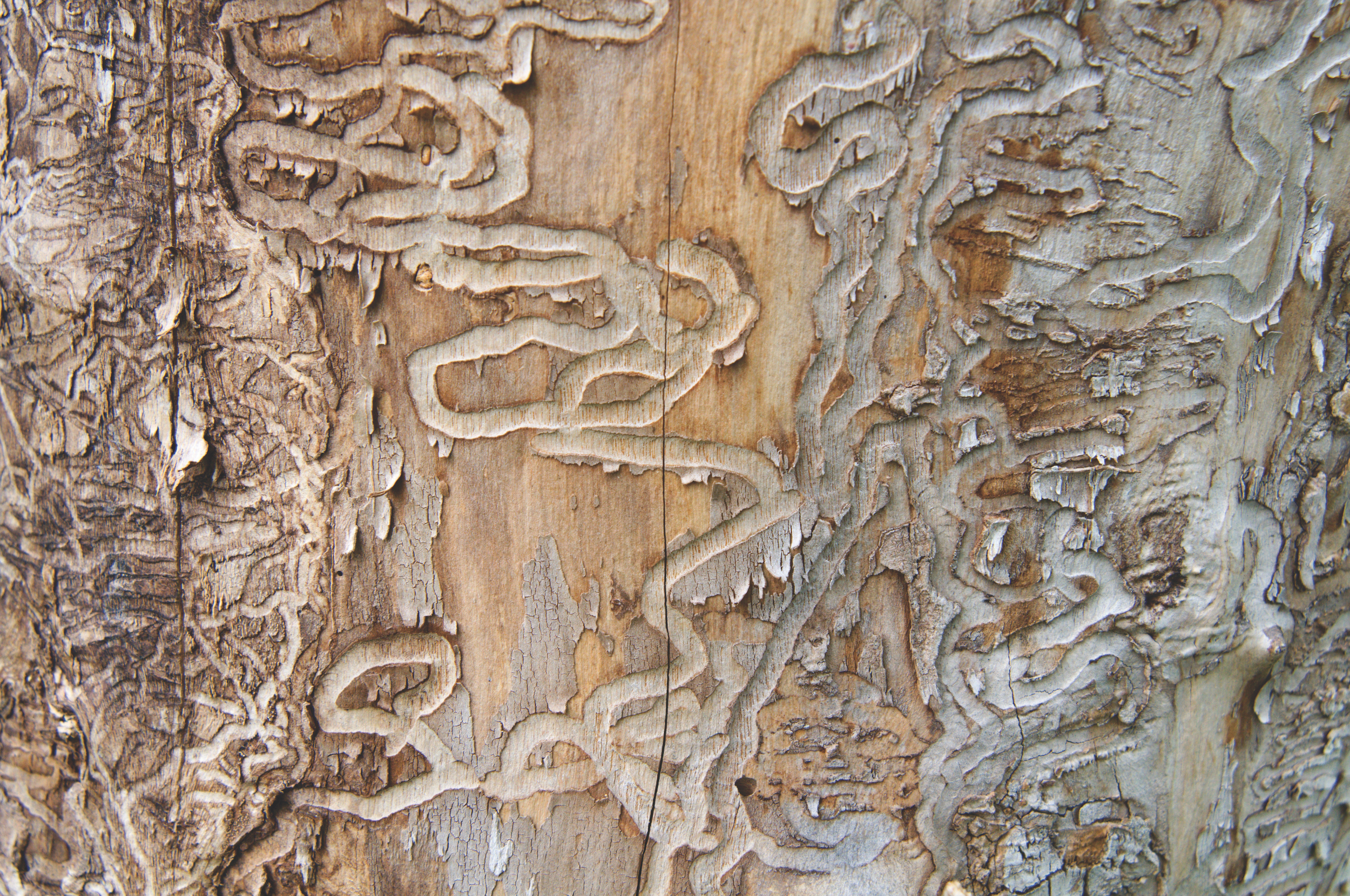November 28, 2022 | By Rae
Nature of Fire features three PLT activities for educators of students in grades 6-8 about sustainable forest management and strategies to reduce catastrophic wildfire, ensure resilient forests, maintain forests, and restore degraded lands.
December 28, 2020 | By Project Learning Tree
Our nation’s forests are managed to support different outcomes. Students learn how forests can be managed to meet human and environmental needs and examine national parks to identify challenges that forest managers face meeting different needs.
December 28, 2020 | By Project Learning Tree
Succession is a natural pattern of change that takes place over time in a forest or other ecosystem. Students read a story about succession and investigate the connections among plants, animals, and successional stages in a local ecosystem.
December 28, 2020 | By Project Learning Tree
Students model processes that can lead to species becoming rare or endangered. Then, they become advocates for rare or at-risk species of plants or animals and create “public relations campaigns” on behalf of these species.
December 28, 2020 | By Project Learning Tree
Throughout history, people have intentionally and unintentionally moved plant and animal species to new environments. Some of these species have proved beneficial, but others invade natural habitats, causing environmental and sometimes economic harm.
December 28, 2020 | By Project Learning Tree
Tree rings show patterns of change in the tree’s life, as well as changes in the area where it grows. Students will trace environmental and historical changes using a cross-section of a tree.
December 28, 2020 | By Project Learning Tree
Students observe differences over time to learn that change in the environment can occur quickly, slowly, or not at all.
August 25, 2016 | By Project Learning Tree
Students research forest ownership in the United States, interview forest landowners about changes they have experienced, and analyze scenarios to learn about the complexities of intergenerational forestland transfer.
August 25, 2016 | By Project Learning Tree
